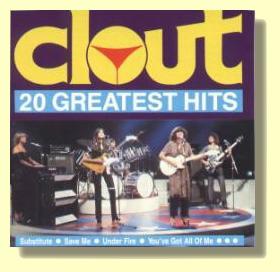At the end of last month I wrote a post called build it. At the end of that post I said that I would be highlighting what Canada’s most popular sports team is doing to engage with its community.
I have to apologize. It was not my next post. And it’s not this post. But it’s coming. There are some videos involved, so it’s taking a bit longer than I would like. (I hate editing)
In the meantime, I want to share with you what the Canadian Football League is doing. Out of all the professional sports teams/leagues here in Canada, the CFL, in my opinion, work the hardest when it comes to creating and engaging with their community:
- Anti-gang and anti-violence programs
- Blood donation clinic support
- Support for Canadian veterans
- Food distribution to hungry families
- Leadership training
- and much, much more.
However, the CFL is also engaged with groups across the country. They’re asking these groups what they can do to excite different demographics.
One of these groups is one I belong to: Toronto’s social media community.
The following videos show the CFL giving our community an experience that we will never forget. It is also an experience that will forever make this blogger thankful for the opportunity; As well as a lifelong supporter and booster of Canadian football.
I hope you enjoy:
At CFL headquarters in Toronto – Part One:
[youtube=http://youtube.com/watch?v=qMUv1arMXzg]
Part Two:
[youtube=http://www.youtube.com/watch?v=TNlQeKcO1Xw]
Then we got a sideline tour prior to the 2010 Home Opener for the Toronto Argos:
[youtube=http://www.youtube.com/watch?v=xHDog-Y0aTM]







